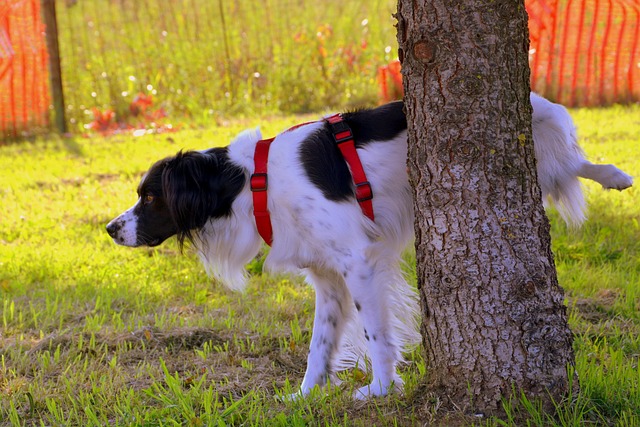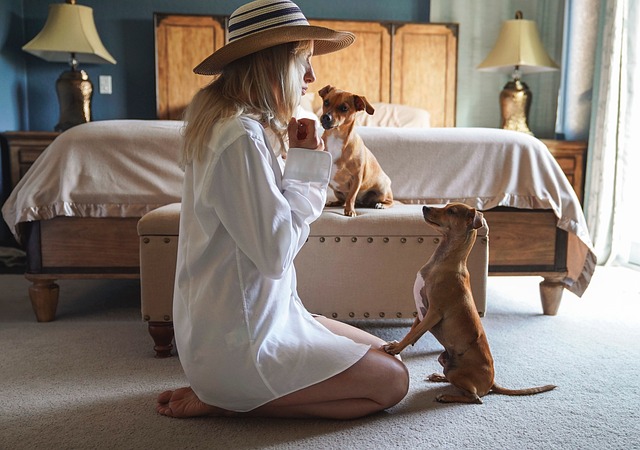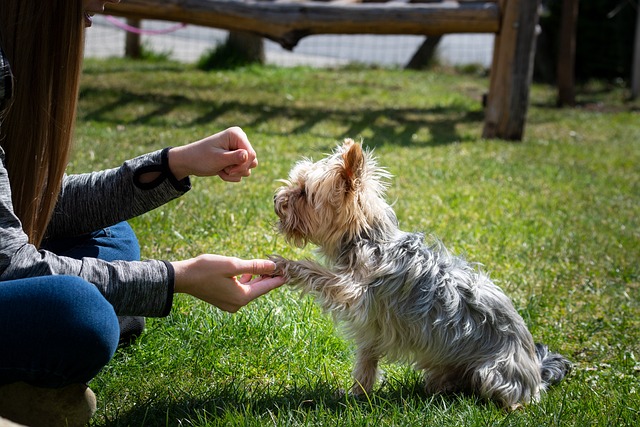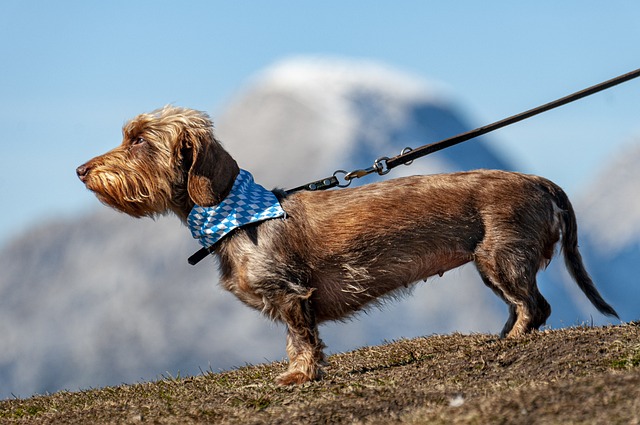Peeing outside is a wonderful thing to see in your dog. It means that they’re going to be more active, which can be good for their health and well-being. However, it doesn’t always happen without some coaxing on your part! Here are six simple steps you can take to help train your puppy to pee outside:
Step 1: Introduce the idea
The first thing you need to do is introduce the idea of going outside to pee. This should be done before you have your puppy trained so that he has time to get used to the idea and is not surprised by it when you do begin training. You can use positive reinforcement such as treats or praise when he goes potty outside.
If your puppy has an accident while on the leash (or any other situation where he may not want to obey), use positive reinforcement again immediately after letting him off the leash and then continue with step two below. Once they’ve learned their lesson, it might be necessary for us to go back up there again if this happens frequently enough during training sessions or during play.
Step 2: Make the peeing spot clear
Once you’ve made sure your puppy is well-trained to pee outside, it’s time to make sure that the spot where he’s going to do his business is clear of distractions. This includes:
- Clean up any messes or stains from previous accidents
- Remove anything that could be a distraction (a toy, for example) if he starts playing with it instead of focusing on the task at hand.
- Make sure there are no obstacles between your dog and the area where he’ll eventually stop for a pee break.
Step 3: Give the puppy plenty of praise and rewards
The next step is to reward your puppy when they pee outside. You can use a clicker or a word like “good” or “yes” to let them know that what they did was right, but only after the command has been given. The goal here is for them to associate their actions with positive reinforcement and praise, so that every time they do something right (like peeing outside), it will be rewarded by an action that is associated with happiness and fun.
Step 4: Use a controlled environment for training
As you’re working on teaching your puppy to go outside, it’s important to use a controlled environment where they can’t escape. A crate is a great choice for this because it gives them the feeling of being closed off from the world. If you don’t have one, try using a puppy pee pad or fence in place of an actual crate. You can also designate an area in your house where your puppy is allowed to soil and urinate (for example, by putting down newspaper or placing small plastic bottles filled with kitty litter). This will allow him/her some privacy while still keeping him/her close enough so that he/she doesn’t get lost while learning how to pee outside.
Step 5: Start slowly, then ramp it up
The last step is to start slowly, then ramp up. If you want to train your puppy to pee outside at night, it’s best to start with short training sessions and gradually increase their length of them over time. This will help keep motivation high and avoid burnout or frustration for both of you if things don’t go quite right away.
It’s also important not to expect too much from your pup at first–think of this as a game rather than an actual service dog training course!
Step 6: Reward good behavior as soon as possible
When you’re training your puppy to pee outside, it’s important that you reward good behavior as soon as possible. This will help reinforce the fact that peeing outside is a good thing and encourage your dog to continue doing so.
When rewarding good behavior, make sure you reward them any time they go on the potty pad or when they’re done drinking water from their bowl–even if they don’t take care of business immediately. If you aren’t sure which comes first (drinking or going), just put both tasks in order and make sure you recognize them both when either happens.
All in all, this process isn’t difficult at all! In fact, it’s one of those things where patience pays off because eventually, everything falls into place. As long as there are no accidents involving other members of the family getting wet feet by accident through no fault of their own (like kids running around barefoot), then this method works wonders at building confidence while simultaneously teaching dogs not only how but why certain things happen so quickly after each other without even realizing what needs to be done next until someone yells ‘cut!’
Conclusion
We’ve covered a lot of ground here, but hopefully, you’re feeling more confident about training your puppy to go outside. Remember that it’s never too late to start, so if you need some help getting started, don’t hesitate to reach out! We love hearing from our customers and would be happy to provide advice on how best to accomplish this goal.




